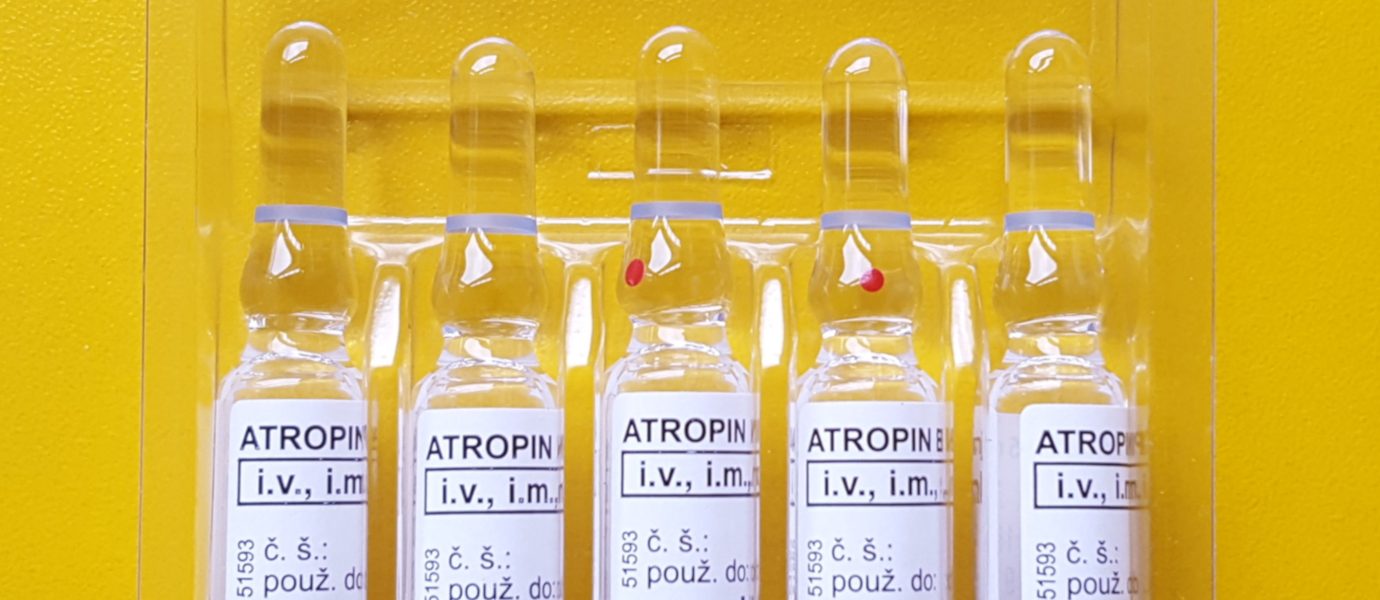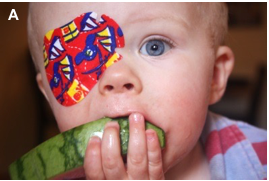What Are Atropine Drops?
Atropine drops are medicated eye drops that work essentially as chemical ocular patching. The purpose of atropine drops is to cause temporary blurred vision in the unaffected eye, thus muting the visual input from the eye to the brain, forcing the deviated eye to focus and therefore align.

As with patching, atropine drops work by conditioning the neuromuscular response of the deviated eye to restore proper alignment over time. Also like patching, atropine drop therapy yields inconsistent compliance, due to side effects, drop administration, and overall patient adherence. Some studies suggest atropine is superior to patching and can be used in young children as well.
Atropine is a competitive, reversible antagonist of the muscarinic acetylcholine receptor of the parasympathetic nervous system. It works by competing with acetylcholine (a neurotransmitter) of binding to specific receptors (M1, M2, M3, M4 and M5) thereby inhibiting the activity of those cells. It is used broadly across ocular, cardiovascular, hyper secretion, and poisoning conditions.
Side Effects
Side effects of using atropine drops can include:
- Ventricular fibrillation
- Supraventricular or ventricular tachycardia
- Dizziness
- Nausea
- Blurred vision
- Loss of balance
- Dilated pupils
- Photophobia
- Dry mouth
- Anaphylaxis
- Potentially extreme confusion, deliriant hallucinations, and excitation especially among the elderly
Treatment Guidelines
Treatment guidelines are once daily usage of atropine.




Pingback: Treatments for Amblyopia | PinpointEyes